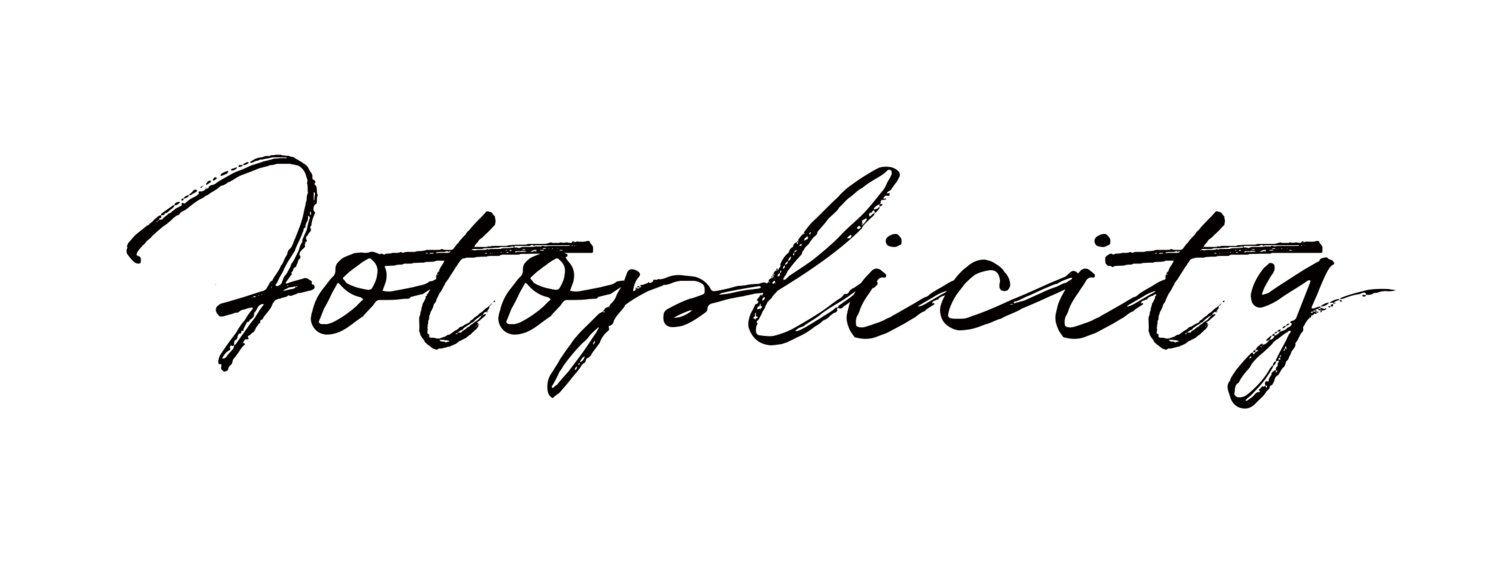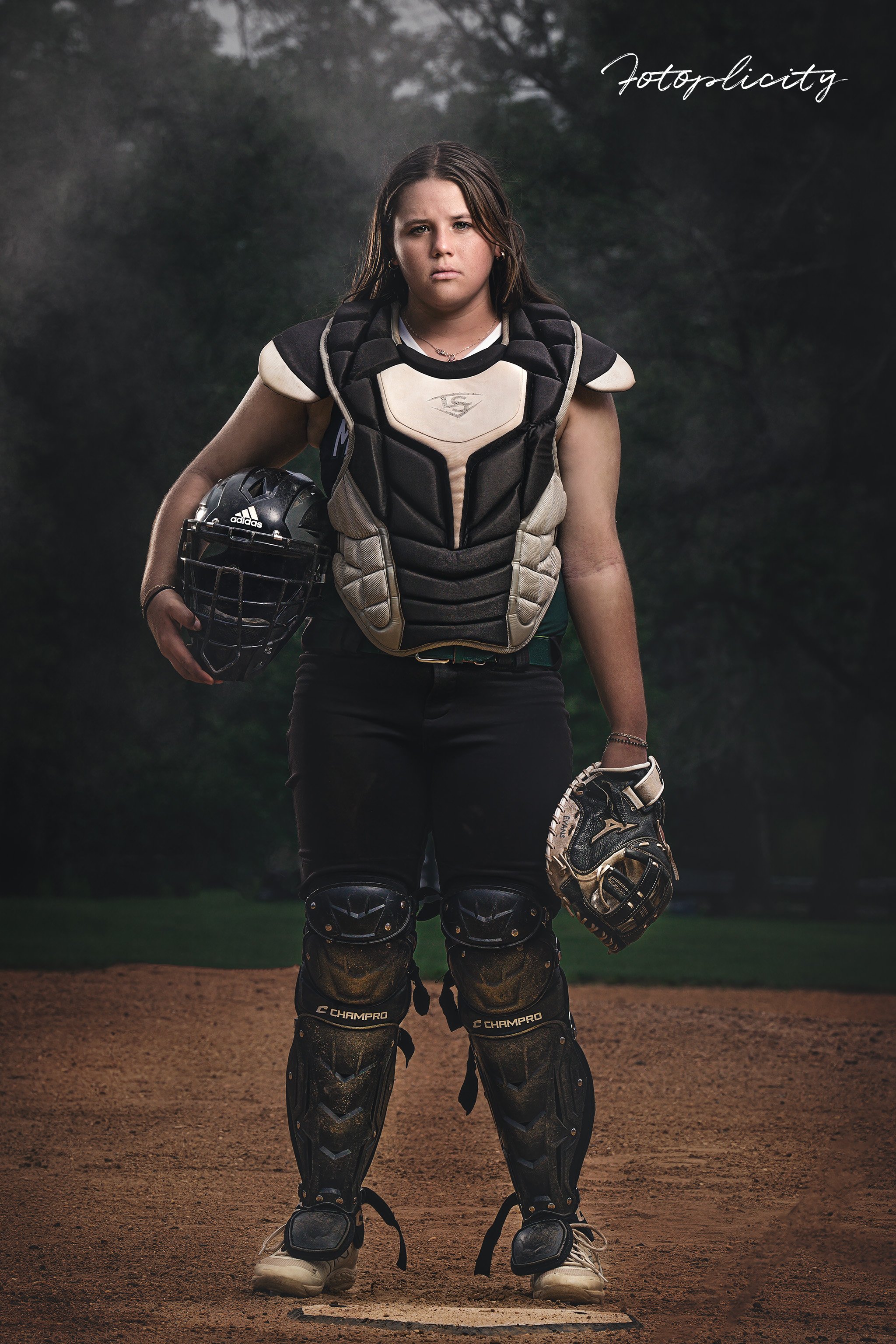Hey fellow photography enthusiasts! Here at Fotoplicity, photography isn't just a passion—it's my way of life. I know firsthand the importance of having the right gear to capture those unforgettable moments and create amazing portraits that just pull you in. In this blog post, I'm thrilled to share my personal preferences into the photography gear that I simply can't live without. Whether you're a seasoned pro or just starting your journey behind the lens, my curated list of essentials will help you take your photography to the next level. From top-notch camera bodies to essential lighting equipment, I've got you covered with expert recommendations and insider tips. So grab your camera bag and join me on this journey through the world of essential photography gear!
THE CAMERA BODY
Let’s start with the backbone of any photographer's kit: the camera bodies. As a proud user of Sony's innovative A7III and A7IV mirrorless cameras, I can attest to their remarkable capabilities in delivering stunning image quality and unparalleled performance. Whether I'm shooting portraits, landscapes, or events, these Sony cameras never fail to impress with their super fast autofocus, impressive dynamic range, and ergonomic design.
Questions I’m often asked:
Which do you prefer, the A7iii or iv? Honestly, I love them equally. I tend to use the A7iii more in studio and the A7iv outdoors. The A7IV offers a higher-resolution sensor, improved autofocus capabilities with real-time eye autofocus for animals, and enhanced video features so it’s definitely more advanced, but both serve my purposes adequately.
What about the A7R versions? The R versions offer higher resolution and better video capabilities, neither of which I have a need for in my business. Higher resolution is nice, but in all honesty it’s a royal pain to deal with post-processing. Since I don’t have many clients needing files large enough to print a billboard, nor do I do a ton of video, I saw no need to invest in an R.
Why not Nikon Mirrorless? When I decided to go mirrorless years ago, Sony was leaps and bounds ahead of Nikon in mirrorless technology. Had I waited another year or two to switch I probably would have stuck with Nikon. I see some amazing work coming from the Nikon Z series. Will I ever switch back? Probably not. This gear is a significant investment that I don’t forsee in my future. I will however never give up my tried and true Nikon gear…
For those who prefer the reliability of DSLRs, the Nikon D750 and D810 remain steadfast choices in my arsenal. With their robust build quality, exceptional low-light performance, and precise handling, these Nikon cameras continue to be trusted companions on my photographic adventures. Of course, I have nothing against the other brands out there (I have tons of photographer friends who shoot Canon and Fuji), but I personally can’t speak to those brands.
LENSES
Lenses are the heart and soul of photography, wielding a profound influence on image quality and visual storytelling. Each lens type—whether it's a versatile zoom lens, a razor-sharp prime lens, or a specialized macro lens—brings its own unique perspective to the table. For this blog post I’m going to focus on the lenses that I rely on for 90% of my portrait works. For many years I carried an arsenal of lenses because you never know when you’re going to need each one, right? Well, let me tell you, after a decade of shooting portraits I’ve narrowed that collection down to two workhorses. As a matter of fact, when I bought my Sony Mirrorless cameras I only invested in these two lenses.
70-200mm f/2.8
This is my portrait workhorse. It allows me to achieve amazing bokeh and yet in a second I can zoom out to capture a quick-moving child. After owning my share of top-notch fixed lenses (including the Nikkor 200mm f/2 and 85mm f/1.4), nothing beats the versatility of a quality zoom lens for me.
I personally own the GM I, however the GM II is a very nice upgrade and honestly and it’s almost an entire pound lighter, not to mention better balanced. So if you are in the market for a SONY GM 70-200 f/2.8 and you can spare the expense, go for the newer version. That said, if you are on a budget you will NOT be disappointed with the first version. It’s a solid choice.
My studio is small, and for as long as I’ve had it I’ve always relied on my 28-75mm 2.8. Do I have a 50mm and a 35mm prime? Sure do….but honestly, I never used them enough to warrant purchasing them for my Sony system. I don’t miss them at all. This lens is not only great for studio work, but it always goes with me on my outdoor shoots too. It’s perfect if I want to incorporate the landscape into a portrait.
For the last 10 years I have been more than happy using a Tamron for this lens. Don’t get me wrong, I’ve heard the Nikkor & Sony GM are amazing, but my Tamrons have achieved the results I demand so I’ve seen no need to change. Bonus: The Tamron is more wallet-friendly!
LIGHTING Equipment
Lighting equipment serves as the cornerstone of photography, playing a pivotal role in shaping mood, highlighting details, and creating captivating visuals. From speedlights to studio strobes and continuous lights, the options are as varied as the creative visions they illuminate. Speedlights offer portability and versatility, making them ideal for on-the-go shooting and off-camera lighting setups. Studio strobes, on the other hand, provide powerful bursts of light for controlled and precise lighting setups in studio environments. Continuous lights offer a constant light source, making them well-suited for video production and shooting in low-light conditions.
In-Studio
When it comes to lighting in the studio, I’m a huge fan of Paul C. Buff equipment. For many years I relied on Alien Bees until I upgraded to Einstein units which provided a bit more color consistency.
As for modifiers, I use softboxes for the majority of my work. I always have an octobox on hand because I am a fan of the catchlight shape it creates. Speaking of catchlights, for headshots and close ups you won’t find me without my Westcott Eyelighter. This piece of equipment is easily among my top 5 picks!
Outdoors
As a family photographer, I’m often chasing young children, so I don’t use off camera flash often, but when I do my go-to is the Godox AD200 & Godox AD200pro I just find it a highly portable and versatile lighting solution that packs a punch with a combination of speedlight and studio strobe capabilities.
Despite its compact size, this lighting unit delivers a powerful burst of light, allowing photographers to effectively illuminate their subjects even in challenging lighting conditions. Whether shooting in bright sunlight or low-light environments, the Godox AD200 ensures consistent and reliable lighting results. The best thing about this little gem is the price-point which hovers between $200-$350 depending on the model.
Stay tuned for Part II: Accessories and Gadgets where I share my must-have camera bags, light stands and other photography gear I can’t live without!
*Disclosure: This blog post contains affiliate links, and I may earn a commission from qualifying purchases. The inclusion of affiliate links does not influence my editorial integrity or the opinions I express in my blog posts. I only promote products or services that I genuinely believe in and that I think will bring value to my readers.
Let me know if the comments if you found this blog post helpful. Feel free to add any items or accessories that you find useful!







